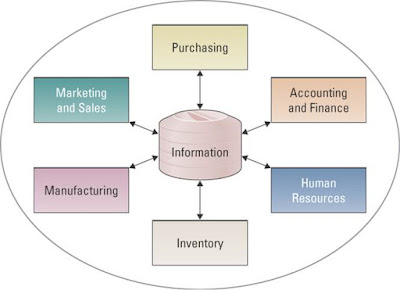MGT 300 CHAPTER 6 : VALUING ORGANIZATIONAL INFORMATION
LEARNING OUTCOMES :
- Describe the broad levels, formats, and granularities of information.
- Differentiate between transactional and analytical information.
- List, describe of each the five characteristics of high quality information
- Impact of low quality information on an organization and the benefits.
- ORGANIZATIONAL INFORMATION
 |
LEVELS, FORMATS, AND GRANULARITIES OF ORGANIZATIONAL INFORMATION. TRANSACTIONAL INFORMATION VERSES ANALYTICAL INFORMATION
-CHARACTERISTIC OF HIGH QUALITY INFORMATION

- The four primary sources of low quality information include :
- Potential business effects resulting from low quality information include :
|



Comments
Post a Comment